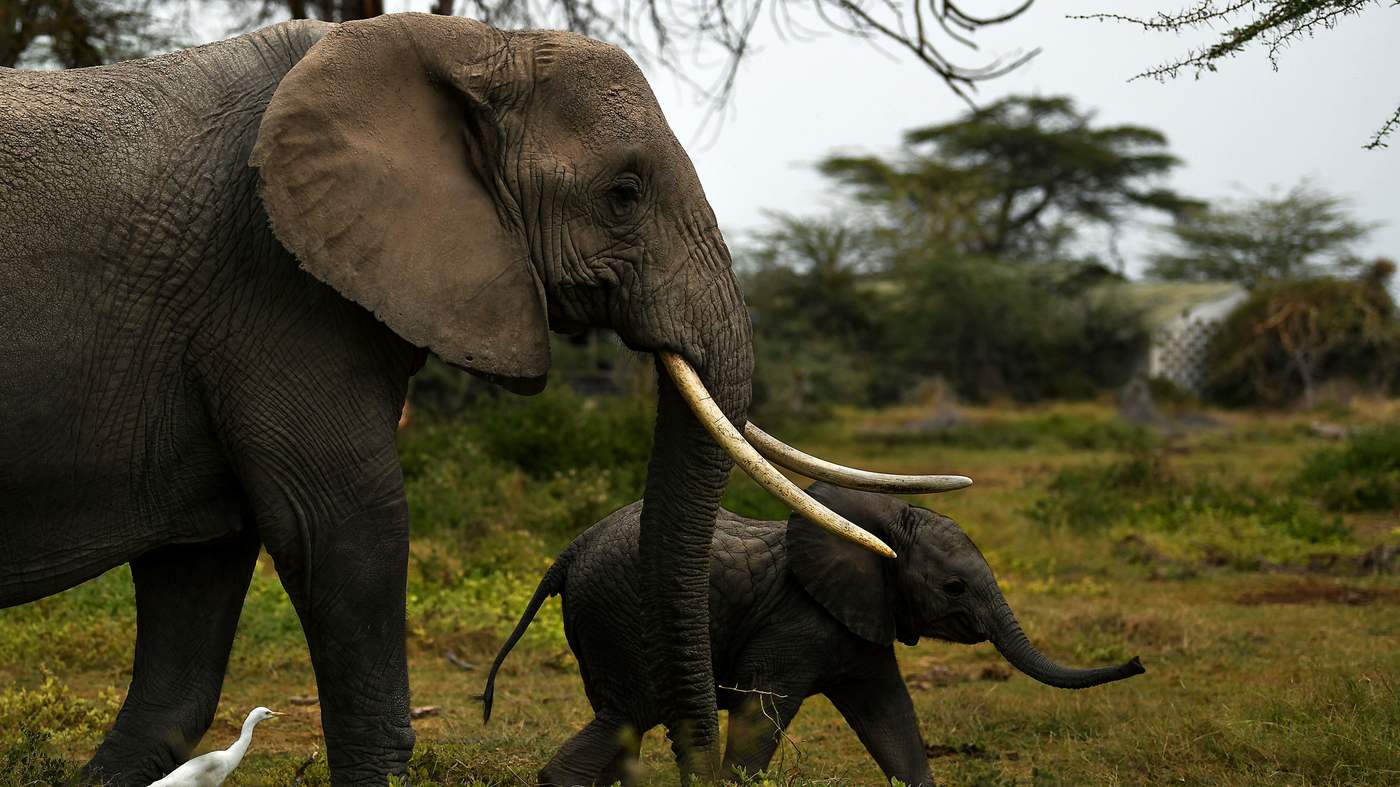Human beings are perhaps the first species to be prolific enough to have threatened their existence by destroying the very ecosystem that supports them. The very importance of rivers as a source of potable water is apparent; so is the fact that most of them are so polluted that they can barely sustain life.
 While the effect of river pollution on human beings has become apparent in the last few decades, the principal sufferers are the many living organisms that call the river their home. Today, several categories of fish are either extinct or endangered. The Gharial, which has been in existence for many hundreds of years, was once found in virtually every northern river system. Its range extended from the Indus in Pakistan to the Irrawaddy in Burma. However, this has now shrunk to a few small stretches in Northern India. The Mugger or Marsh crocodile that can grow up to a length of 18 feet once thrived in the Indian rivers. However, unregulated hunting in the 19th century brought the entire population to the brink of extinction. By the 1970s, awareness of the plight of crocodiles fuelled conservation efforts and partially revived their numbers in the wild. Habitat destruction is the main threat causing a 20 percent decline in numbers, and today the species is considered vulnerable.
While the effect of river pollution on human beings has become apparent in the last few decades, the principal sufferers are the many living organisms that call the river their home. Today, several categories of fish are either extinct or endangered. The Gharial, which has been in existence for many hundreds of years, was once found in virtually every northern river system. Its range extended from the Indus in Pakistan to the Irrawaddy in Burma. However, this has now shrunk to a few small stretches in Northern India. The Mugger or Marsh crocodile that can grow up to a length of 18 feet once thrived in the Indian rivers. However, unregulated hunting in the 19th century brought the entire population to the brink of extinction. By the 1970s, awareness of the plight of crocodiles fuelled conservation efforts and partially revived their numbers in the wild. Habitat destruction is the main threat causing a 20 percent decline in numbers, and today the species is considered vulnerable.
One of the rarest and most endangered mammals on earth can also be found in India’s rivers. The Ganges River Dolphin is India’s National Aquatic Animal. It is primarily found in the Ganges, the Brahmaputra, and their tributaries in India, Bangladesh, and Nepal. These fascinating mammals, which are almost blind, hunt, and navigate by the use of echolocation. They have been adversely affected by human use of the river systems. Entanglement in fishing nets causes significant damage to their numbers. Despite their endangered status, many dolphins are still trapped each year for their oil and meat, which are used as liniment, aphrodisiac, and bait for catfish. Large dams and irrigation canals have lowered water levels in the main river systems throughout India. Perhaps the most significant issue is that the dams result in the segregation of the dolphin population and a narrowed gene pool in which dolphins can breed. Poisoning of the water supply from industrial and agricultural chemicals has also contributed to their decline. There are currently only three subspecies of river dolphins considered capable of long-term survival if protected.
The Ganges Shark is another rare inhabitant of the Gangetic river system. It is largely restricted to the rivers of Eastern and Northeastern India, particularly the Hooghly in West Bengal, the Ganges, Brahmaputra, and the Mahanadi in Orissa. Bengalis call it Baagh Maach, which translates into tiger fish. It is typically found in the mid to lower reaches of a river. Although very little is known about these elusive sharks, they are believed to be scavengers. Most of the Eastern and Northeastern Indian rivers are prone to flooding which causes widespread loss of animal and human lives. These sharks scavenge the carcasses and help keep the river clean, and are thus a vital part of the river’s ecosystem. Like the freshwater shark, turtles too play an important scavenging role. Hundreds of Snapping Turtles were released into the Gangetic river system in the recent past in an attempt to clean it.
Although the fish populations have declined steadily over the years due to overfishing and pollution, the Indian river systems still support a passive fishing industry. The famed Hilsa and Tangra (catfish) that are a quintessential part of Bengali cuisine are bred mostly in fish farms today. Similarly, the reduction in the numbers of other economically important fish like Carp and freshwater shrimp has also been observed. However, the upper reaches of the trans-Himalayan region continue to support a healthy population of at least 218 species of fish. The most important among these are Mahseer, Silver Carp, Salmon, Tortor, and Brown Trout. Although many organisms are restricted to the freshwater in rivers, some, such as Salmon and Hilsa, can also adapt to seawater.
Other than sustaining their ecosystem, rivers are also responsible for draining large tracts of land and nurturing forests and grasslands. The Western Ghats that form one of the three principal watersheds of India is amongst the world’s ten most important biodiversity hotspots and shelters over 5000 varieties of flowering plants, 508 avian species, and over 150 species of mammals and amphibians. At least 325 globally threatened species are found here. Similarly, the Brahmaputra nourishes the grasslands of Assam, which is home to another endangered mammal-the one-horned Indian Rhinoceros. For its size, the Kaziranga National Park supports the highest density of tigers in the world as well as significant herds of Elephant, Rhinoceros, and Swamp Deer.
Although mangrove forests are not part of a river system, they are found in the riverine deltas. India has some of the densest mangrove forests in the world, especially in the Ganges- Brahmaputra delta region. The Sunderbans is part of the vast Gangetic delta that stretches from West Bengal to the east coast of Bangladesh. In India, the Sunderbans encompass an almost impenetrable mangrove forest covering 4264 sq km. This area is one of the most fragile ecosystems on earth and supports Some of the world’s most endangered species. It is the last refuge of the Royal Bengal Tiger and the estuarine crocodile.
Today, poaching and global warming are its Today, biggest threats. Today, the ecology of the river and the secondary ecosystems it supports are under serious threat. If urgent steps are not taken to stem ecological degradation, our rivers may not be able to sustain any life in the future.








